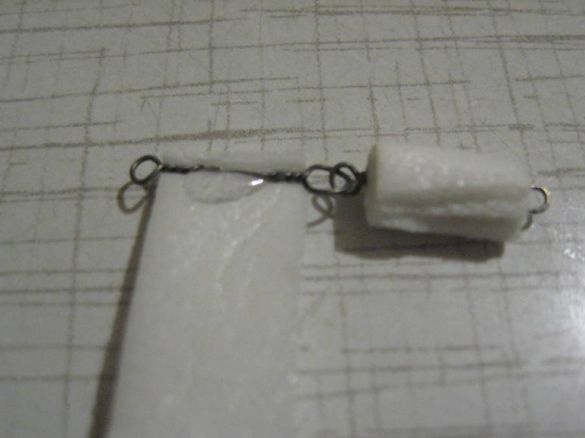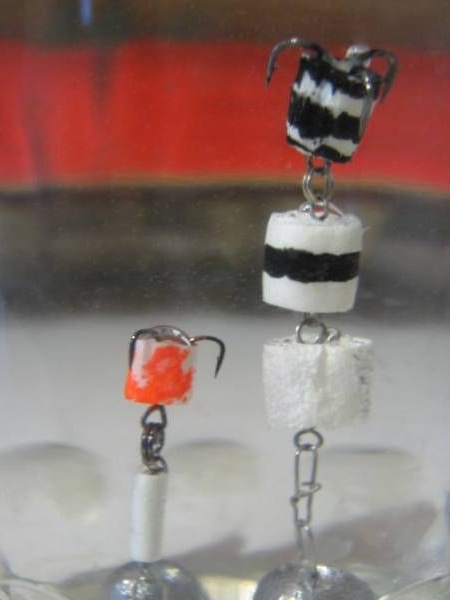
The idea of how to make such a mandala do it yourself, it occurred to the author by accident when he looked at his sister (or older brother) and saw the "big mandala." It was such inspiration that led to the creation of such gear.
For those who do not know, such a bait is called a mandula, which, after casting, floats above the bottom. As a result, this bait imitates a fish that is looking for something at the bottom and, of course, such prey immediately seduces a predator, because pike do not know that easy prey is only in a mousetrap.
As the main material for creating the mandula, the author decided to use the foam, which is usually used when packing parcels, various goods and the like. Also, such a foam can be found when buying spinners.
The author has not yet been able to conduct thorough tests of the bait, but when fishing for only one hour, 2 bites were noticed, but the fish could not be detected.
Materials and tools:
- foam (used in packaging);
- hooks (doubles or tees);
- wire with a diameter of 0.5 mm;
- glue "Moment";
- winding rings;
- paint;
- eared sinkers;
- various trifles for equipping gear (wool, multi-colored threads, tinsel, etc.).
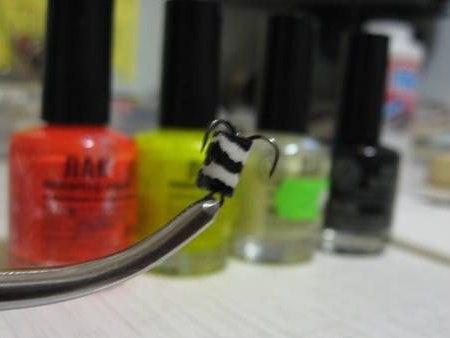
Manufacturing process
Step one. Axis manufacturing
Before proceeding with the manufacture of the mandula, you need to approximately determine its size, and decide how many sections it will have. It can be 2, 3, or even 4 sections. Also in shape, this bait can be varied.
First, the axis is made, for this a wire with a diameter of 0.5 mm is taken and twisting is done on one side of it. Having measured the required length for the manufacture of the section, you need to add another 5-7 mm to make the eyelet and then make the same twist with the eyelet on the other side.
The second base (skeleton) of the section is likewise manufactured. Only before creating the second axis, it is important not to forget to connect them before twisting. However, you can do this with a winding ring.
Step Two We make sections
For the manufacture of sections proposed two options. In the first case, the bait will be stiffer, in the second, on the contrary, softer.
In the first case, you need to take a tape of foam of small thickness and stick the axis on its very edge with glue. After the glue dries, you need to wind the material on the axis. The more turns there are, the larger will be the bait.
At the final stage, the material must be fixed. This is also done with glue. For high-quality fixation, you need to deviate from the edge of the foam at least 5 mm
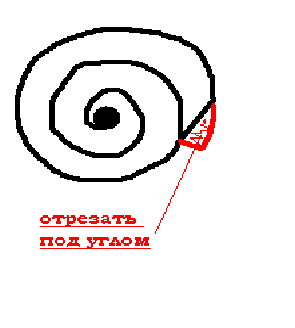
In the second method of creating the body of the bait, a piece of foam of large thickness is used. Having cut a piece of the right size, it is then put on the axis and glued at the end. When using this method, the bait is more accurate, but too large in volume, which complicates the fishing process with ultralight.
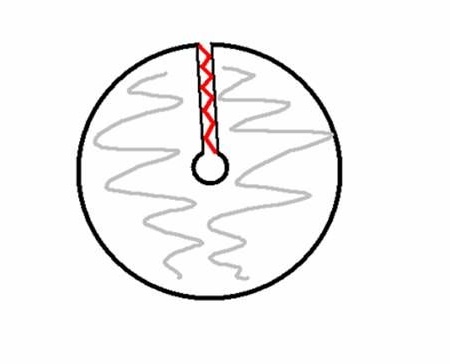
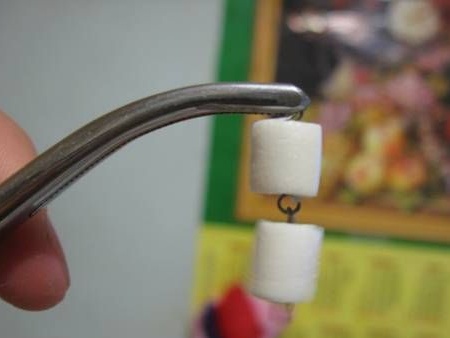
Step Three Equipment bait hooks and finalization
In such a bait, it is very important that the hook is as light as possible, otherwise the tackle will not be able to emerge. For these purposes, it is recommended to use hooks made of thin wire only. The hook will be attached with the help of a winding ring.
After installing the hook, you need to embellish it a bit. The most important thing is to make the hook bright and noticeable. For these purposes, you can use tinsel, synthetics, cambric, wool and so on. Excellent here as a material, multi-colored bristles from a brush for collecting dust.
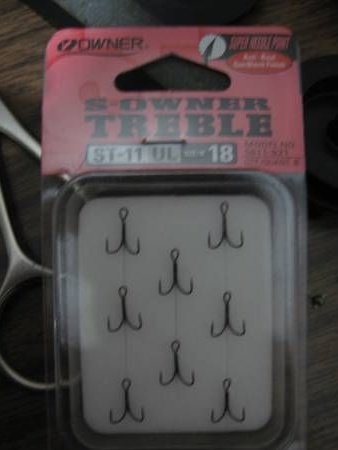
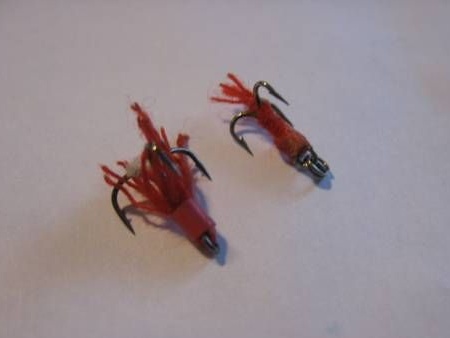

In order for the hook to swim along with the entire bait, it is also necessary to install foam on it. But at the same time there is such a problem as a decrease in cross-breeding. In this regard, when installing the foam on the hook, you need to experiment with its size and choose the softest option. However, for these purposes, you can use coarse-grained foam rubber. He can cope with the task as well as possible.
At the final stage, the tackle can be painted. The author recommends the use of striped colors. It is also necessary to put a bright luminous dot in the front of the bait. This point imitates the fish’s eye and it is noticed that perch responds well to such baits.
As for the postings, these are all those postings that are used in microjigging. But the best way for such gear is dragging along the bottom. Also, dragging can be accompanied by small jerks, while the bait will gallop over the bottom, and imitate a feeding fish.

